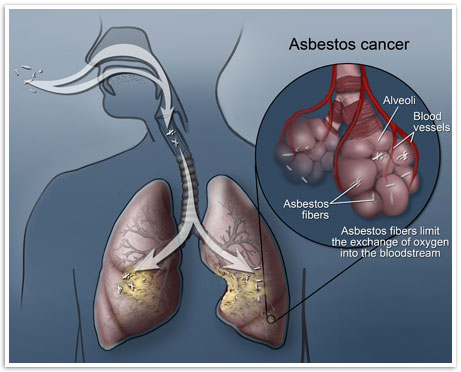|
Latest HSE Statistics YTD
|
| |
2014
|
2015
|
Workplace fatalities |
|
|
Non-work related fatalities |
|
|
Non-accidental deaths (NADs) |
|
|
Lost Time Injuries (LTIs) |
|
|
All injuries (excluding first aid cases) |
|
|
Motor Vehicle Incidents (MVIs) |
|
|
Roll over - MVIs |
|
|
Serious MVIs |
|
|
Lost Time Injury Frequency (LTIF) |
|
|
|
Life Saving Rules Violations
YTD
|
|
Journey management
|
|
|
Speeding/GSM
|
|
|
Seatbelts
|
|
|
Overriding safety device
|
|
|
Working at heights
|
|
|
Permit
|
|
|
Confined space
|
|
|
Lock out tag out
|
|
|
Drugs and alcohol
|
|
|
Gas testing
|
|
|
Smoking
|
|
|
Suspended Load
|
|
|
Vehicle Class A/B Defect
YTD
|
|
|
|
HSE TIP
|
|
Asbestos waste should be transported in an approved enclosed vehicle, skip or freight container.
|
|
| |
Important News
|
| |
 |
|
 |
| |
Asbestos is the general term used for the fibrous silicates that also include asbestos containing materials (ACMs). Asbestos fibers are naturally occurring minerals that are resistant to heat, fire and chemicals and do not conduct electricity. For these reasons, asbestos has been used widely in many industries. There are three main types of asbestos commonly used in the industry:
- Crocidolite (commonly known as blue asbestos)
- Amosite (commonly known as brown asbestos)
- Chrysotile (commonly known as white asbestos)
Asbestos can be found in any industrial or residential building built or refurbished before the year 2003. It is found in many of the commonly used materials[1] in the building trade such as sprayed coatings[2] on ceilings, walls, beams and columns, asbestos cement[3] water tank, asbestos cement roof or tiles, asbestos cement panels, loose fill insulation, [4] [boilers and pipes, ACM[9] panels in fire doors, asbestos rope seals, gaskets[10],
|
|
|
vinyl floor tiles[12] and some [ fire blankets. When asbestos or asbestos containing materials are disturbed or damaged, asbestos fibers are released into the air, and when these fibers are inhaled they can cause serious diseases. These diseases will not affect you immediately; they often take a long time to develop, but once diagnosed, it is often too late to do anything. That’s why it is so important that you protect yourself from getting exposed to asbestos. Asbestos can cause the following fatal and serious diseases:
- Mesothelioma, a kind of cancer which affects the lining of the lungs (pleura) and the lining surrounding the lower digestive tract (peritoneum).
- Asbestosis, a serious scarring condition of the lung. This condition can cause progressive shortness of breath, and in severe cases can be fatal
- Pleural thickening, a problem that produces thickens and swells in the lining of the lung (pleura).
|
| |
What You Need to Know
|
| |
 |
| |
| :
|
 |
:
|
 |
:
|
|
|